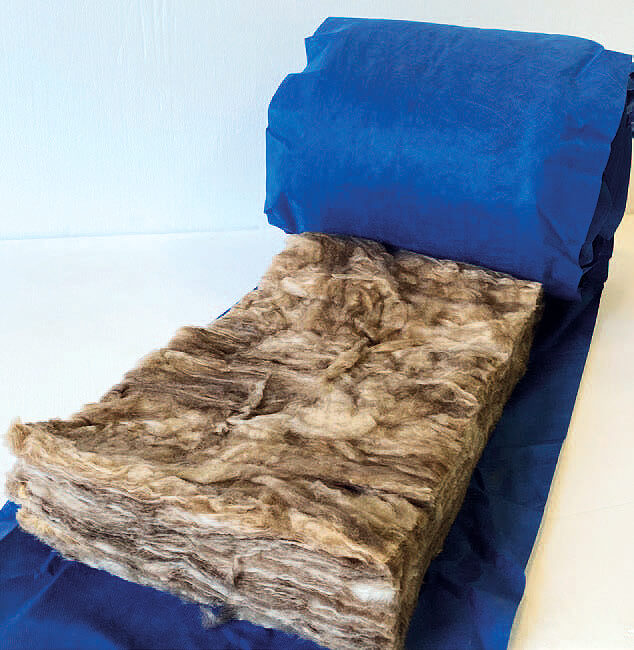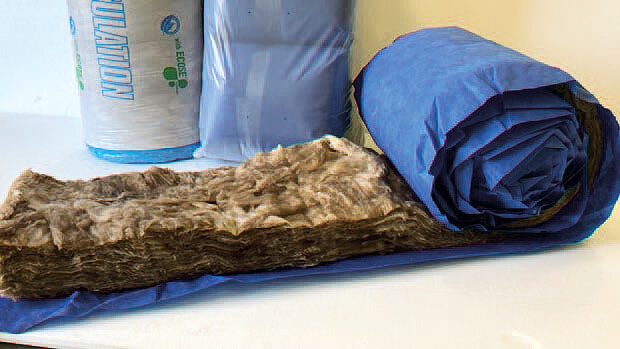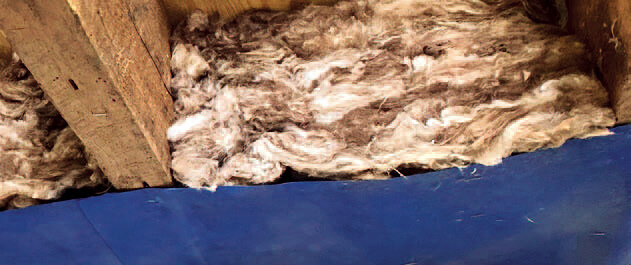Floor Insulation
In the pursuit of an energy efficient home, floor insulation is a useful, yet often overlooked component. Yet, properly insulating your floors can lead to substantial savings on your energy bills, improved indoor comfort, and a reduction in your carbon footprint. Therefore, here we explore the importance of floor insulation, the benefits it offers, the types available, the installation process, and upkeep.
What Is Floor Insulation?
Floor insulation involves adding insulating materials beneath the floorboards or within the floor structure to create a thermal barrier. As a result, this helps to prevent heat loss through the floor, keeping your home warmer in the winter and cooler in the summer. Where homes have uninsulated floors, significant heat can escape, leading to higher energy consumption and costs.
There are various methods, depending on the type of floor construction—whether it’s a solid floor, suspended timber floor, or another type.

Benefits of Floor Insulation
Types of Floor Insulation
There are different types of materials that can be used for insulating floors.
Rigid foam boards, such as polyisocyanurate (PIR) and extruded polystyrene (XPS), are highly effective insulation materials. As a result, they offer excellent thermal performance and are easy to install. Therefore, these boards are commonly used for insulating solid floors and can also be fitted between the joists of suspended timber floors.

Installing Your Floor Insulation
Installing floor insulation is a process that requires careful planning and an expert team to ensure the best results. Here are the general steps involved in the installation process:
Our professional installer will first assess the floor to determine the most suitable insulation method. Likewise, this includes evaluating the current state of the floor, identifying any potential issues, and measuring the area to be insulated.

Maintenance of Floor Insulation
To maintain floor insulation is also an important consideration to ensure long-term effectiveness. Here is some advice to help maintain your insulation:
Periodically do checkups of the floor to make sure there are no signs of damage, dampness, or deterioration. However, if you do notice any issues, you should contact us ASAP.
Conclusion
Floor insulation is a vital component of an energy-efficient home. Therefore, by understanding its benefits, the types of materials available, and the installation process, you can make informed decisions to enhance your home’s energy performance.
Overall, the key is to ensure that the installation is done professionally. Therefore, if you wish to discuss floor insulation in more detail, please get in touch today and we will be happy to help.
